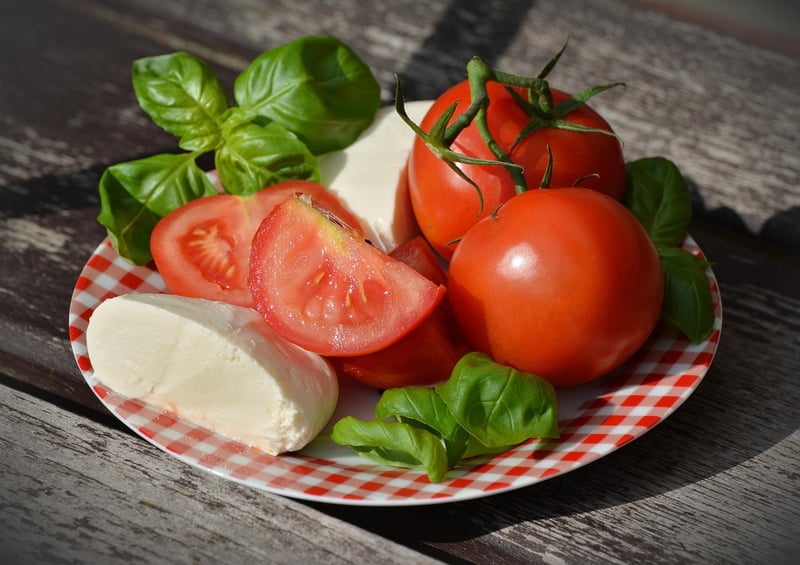Taste Fusion
Blending Flavors Seamlessly: The Art of Taste Fusion
When it comes to creating culinary masterpieces, blending flavors seamlessly is the key to achieving a harmonious and delectable dish. Taste fusion, the art of combining different flavors to create a unique and unforgettable taste experience, is a skill revered by chefs around the world.
The Basics of Taste Fusion
Taste fusion involves pairing flavors that complement each other while also adding depth and complexity to a dish. By combining ingredients with contrasting tastes, textures, and aromas, chefs can create a symphony of flavors that tantalize the taste buds.
Tips for Successful Flavor Blending
- Start with quality ingredients: Fresh, high-quality ingredients are the foundation of a great dish.
- Balance the five basic tastes: Sweet, salty, sour, bitter, and umami should be balanced in harmony.
- Experiment with herbs and spices: Adding herbs and spices can elevate the flavor profile of a dish.
- Consider texture: Mixing different textures can add interest to a dish.
- Trust your palate: Taste as you cook and adjust seasoning as needed.
Examples of Taste Fusion
Some popular examples of taste fusion include:
- Thai Basil Beef: A fusion of savory beef stir-fried with fragrant Thai basil.
- Spicy Chocolate: The combination of rich, dark chocolate with a hint of spicy chili.
- Mango Salsa: Sweet mangoes paired with tangy lime and spicy jalapenos.
Mastering the Art of Taste Fusion
Mastering the art of taste fusion takes practice, experimentation, and a willingness to think outside the box. By honing your palate and being open to new flavor combinations, you can create dishes that are truly memorable.
So, the next time you're in the kitchen, don't be afraid to get creative and experiment with taste fusion. Who knows, you may just discover your next signature dish!

